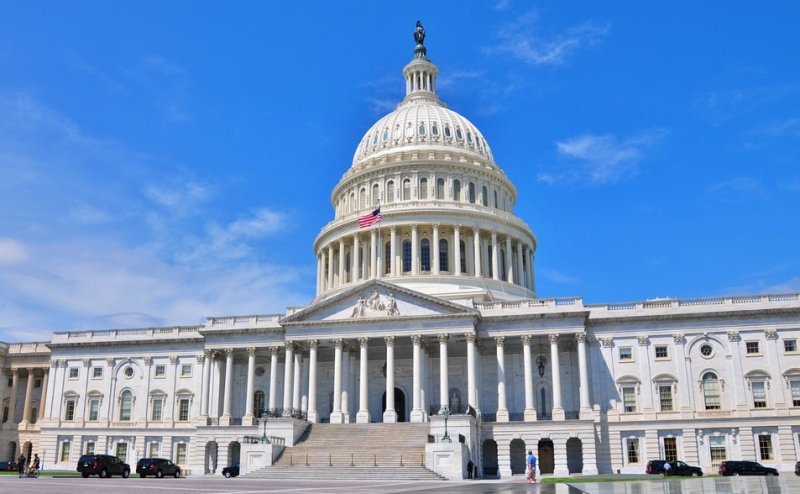Federal regulations undergo a lot of review during their development and drafting by federal agencies: input from government attorneys and economists, rounds of public comments under the Administrative Procedure Act, review by the Small Business Administration, and—often most significantly—review by the regulatory gatekeepers housed at the Office of Management and Budget’s (OMB’s) Office of Information and Regulatory Affairs (OIRA).
In many of these existing processes, as well as many new ones under consideration by Congress in pending bills, the predicted impact of a proposed regulation on the national economy is the critical consideration.
OIRA conducts detailed reviews of all “significant regulations.” These are defined in Executive Order (E.O.) No. 12866, issued in 1993 by President Clinton, as including regulatory actions that have an annual effect on the economy of $100 million or more. Likewise, the Unfunded Mandates Reform Act (UMRA) of 1995 applies special review requirements and evaluations to regulations that may result in expenditure of $100 million or more in the aggregate by the private sector and state, local, and tribal governments, and requires cost-benefit analysis and findings of least-cost alternatives.
OMB this year announced that it would use the same $100 million level to define which regulations are subject to President Trump’s new 2-for-1 executive order entitled “Reducing Regulation and Controlling Regulatory Costs” (E.O. No. 13771). This order requires the elimination of two existing regulations for every new one adopted by any agency, as well as a net regulatory cost of zero—to be achieved by each agency repealing sufficient existing regulations to offset all the costs of any new regulations (while not taking any benefits into account).
 |
Congress also is all-in with $100 million as the trigger for extra scrutiny. The Regulations from the Executive in Need of Scrutiny (REINS) bill passed by the House earlier this year (H.R. 26) uses the same $100 million projected effect as the definition of a “major” rule, which would not be allowed to take effect without affirmative congressional action approving the rule. The House-passed Regulatory Accountability Act bill (H.R. 5) also uses this threshold, applying additional procedures and determinations to $100 million “major rules.” (The bill also introduces the concept of a “high-impact” rule with projected economic impact of $1 billion or more, which would require formal evidentiary hearings prior to the rule’s enactment.)
But why is a $100 million impact the trigger? After all, $100 million is about the size of a single professional basketball player’s (multi-year) contract. It’s less than the cost of a single Arlington County, Virginia, public school.
President Clinton used that number in the 1993 Executive Order that still governs agency and OIRA review today, and the Newt Gingrich-led 104th Congress picked it up in the 1995 UMRA legislation. But President Clinton in turn had borrowed the $100 million threshold from President Reagan’s 1981 Executive Order No. 12291, which sought to rein in federal rulemaking by requiring cost-benefit review of regulations. And President Reagan got the number from President Carter’s Executive Order No. 12044, adopted in 1978 to require regulatory analyses for all regulations “which will result in an annual effect on the economy of $100 million or more.” We have been engaged in a long sequence of thoughtless repetition.
A trigger of $100 million dollars was a much better indicator of real significance to the national economy in 1978 than it is today. Even using a straight inflation index such as the Consumer Price Index, $100 million in 1978 would be $363 million in today’s dollars. But considering that Congress and the executive branch are trying to use this figure to measure impact of a regulation on the national economy, there are better alternatives.
For example, in 1978, the U.S. Gross Domestic Product (GDP) (in nominal dollars), was $2.357 trillion dollars, and a $100 million effect would be small but not insignificant. But in 2015, the U.S. GDP was $18.037 trillion dollars. This means that, percentage-wise, $765 million 2015 dollars would constitute an equivalent impact on our economy. Or consider the dollar impact per person. The U.S. population in 1978 was just over 222 million; today we are at 325 million and growing. Essentially, the 31 cent per capita impact today of a $100 million regulation is far smaller than the $1.64 impact on each person in 1978 (in 2015 constant dollars).
The Regulatory Accountability Act bill, currently under consideration in the Senate, does for the first time introduce an inflation adjustment. But this welcome, if long-belated, recognition of the passage of time overlooks both the fact that again starting with $100 million as a 2017 baseline is based on nothing but a 40-year history of using a familiar number, and that as a measure of impact on the economy as a whole, inflation adjustments are not nearly as robust as adjustments related to GDP and population.
